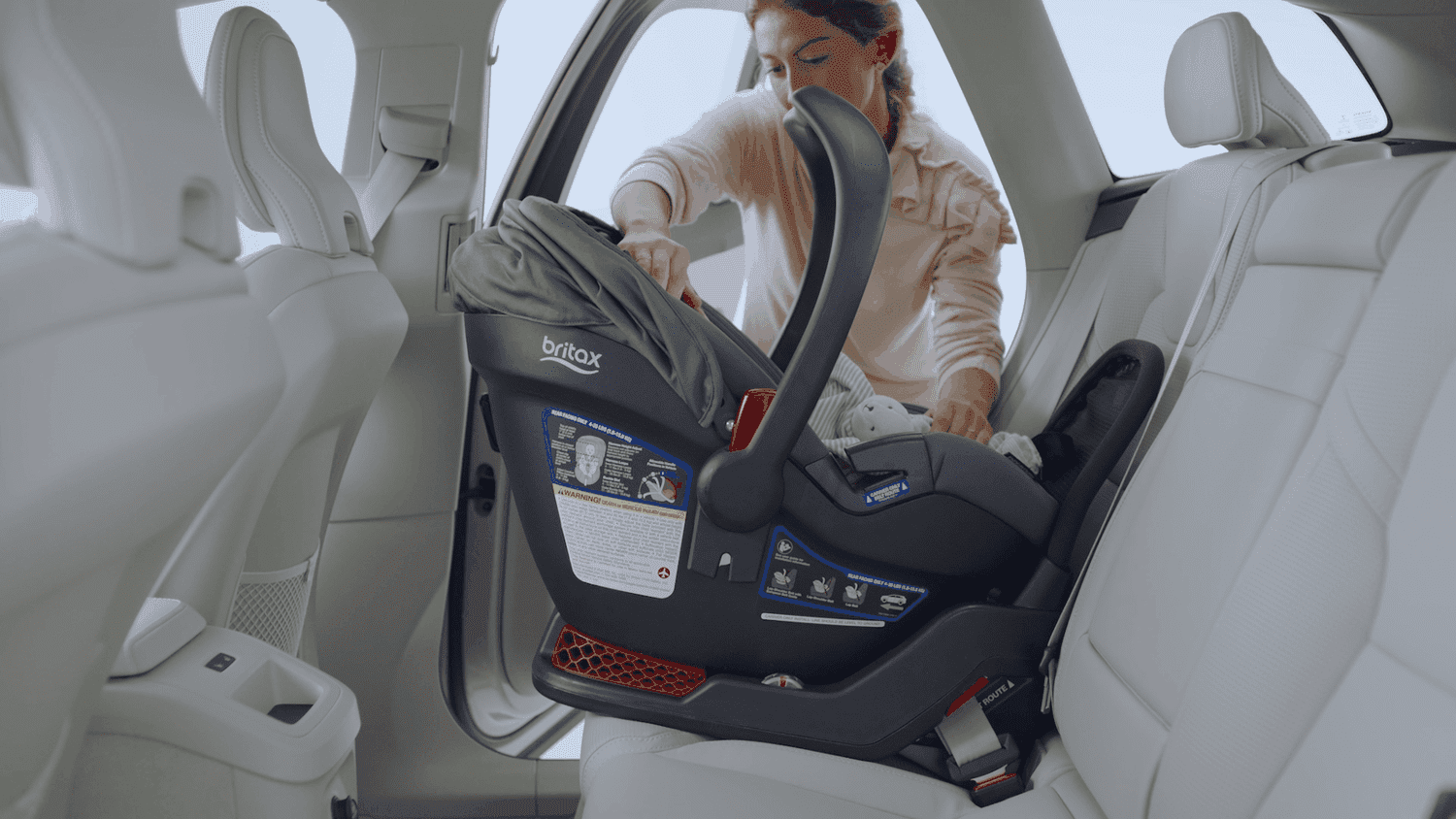The Position of the Car Seat: Facing or Rear Facing?
A baby’s head is heavy and the muscles in the neck are not strong enough to hold it in a crash. The back position to the road (or rear facing) is the mode of transport that should be preferred as long as possible. Indeed playpen for toddlers, the various crash tests carried out by independent organizations show that the pressure exerted on the cervical area of the child during a collision is five times less when the car seat is installed rearward facing. Having your children travel in this position is therefore five times safer. You can opt for the baby car seat in easiest way now.
For an R129 approved car seat (i-Size), the legislation obliges the child to stay rearward facing up to the age of at least 15 months and up to 9 kg in the case of an ECE R44 / 04 approved seat. However, it is strongly recommended to maintain the rearward facing position for as long as possible. Today, many baby car seats can keep your child in a rearward facing position until the age of 4 (approx. 105 cm).

Car Seat Fastening Systems
This is a fundamental question, because a car seat only really protects the child if it is properly secured to the car.
Imposed by the entry into force of European regulation R129 (i-Size), the ISOFIX attachment system has been compulsory for all cars leaving the factory in France since 2011. Unlike the seat belt, the ISOFIX attachment system considerably reduces the risk of incorrect installation. This semi-universal fixing system, takes the form of two metal rings, located between the backrest and the seat of the rear bench. The car seat is equipped with two metal clips, which are directly clipped to the two anchor points of the bench. Installing a baby car seat is much easier and faster than with a seat belt.

Seat belt
This is the traditional solution for installing a baby car seat on the vehicle bench. This universal fixing system has the huge advantage of being compatible with all cars equipped with seat belts. It also makes it possible to install the cozy baby on the front passenger seat which, for its part, does not have an ISOFIX attachment. On the other hand, the main flaw of the seat belt is that it presents an increased risk of improper installation which can lead to serious injuries in the event of an accident. Car seats using this mounting system are generally less expensive than their equivalents equipped with an ISOFIX mounting system which often require an additional mounting base.
- The strut is a height-adjustable support leg that rests on the floor of the car to stabilize the seat. It allows, for example, transferring part of the shock to the ground in the event of an accident. Please note, the struts are not compatible with cars which have storage boxes on the ground in the rear seats.
Conclusion
The top tether is an alternative to the strut. This is a retaining strap that attaches to a hook located in the trunk of the vehicle. Depending on the car, the hook can be located on the rear shelf, on the back of the bench or on the boot floor. Unlike the strut, which holds the seat from below, the top tether holds it from above. This system is found both on rear-facing and forward-facing seats.
